The Apple iPhone XR sits at the bottom of the Face ID iPhone range and while not sold by Apple anymore, you'll still be able to get your hands on it if you want to. Despite being almost four years old now, it's still got a powerful processor, a large screen and a great camera.
There are several compromises compared to the iPhone 13 series - it has a slightly lower waterproof rating, an LCD display rather than OLED, and just one camera lens rather than a pair but otherwise, it offers a lot.
Sitting below the standard iPhone 11, and the newer but Touch ID iPhone SE (2022), is the iPhone XR still worth a punt? Read on to find out.
Apple iPhone XR SIM free
Our quick take
Sure, the iPhone XR doesn't offer a screen or camera setup that's as good as the other Face ID iPhones, but that's the compromise with a more affordable handset. Many will be perfectly happy with what's on offer, especially as there's no compromise in power.
For those who want Apple's Face ID design inside a colourful shell without spending a fortune, this iPhone could be for you if the iPhone 11 is out of budget. However, if you're not fussed by Face ID, it's definitely worth looking at the iPhone SE (2022).
This review was first published in September 2018 and was last updated in April 2022 to reflect market context and software updates.
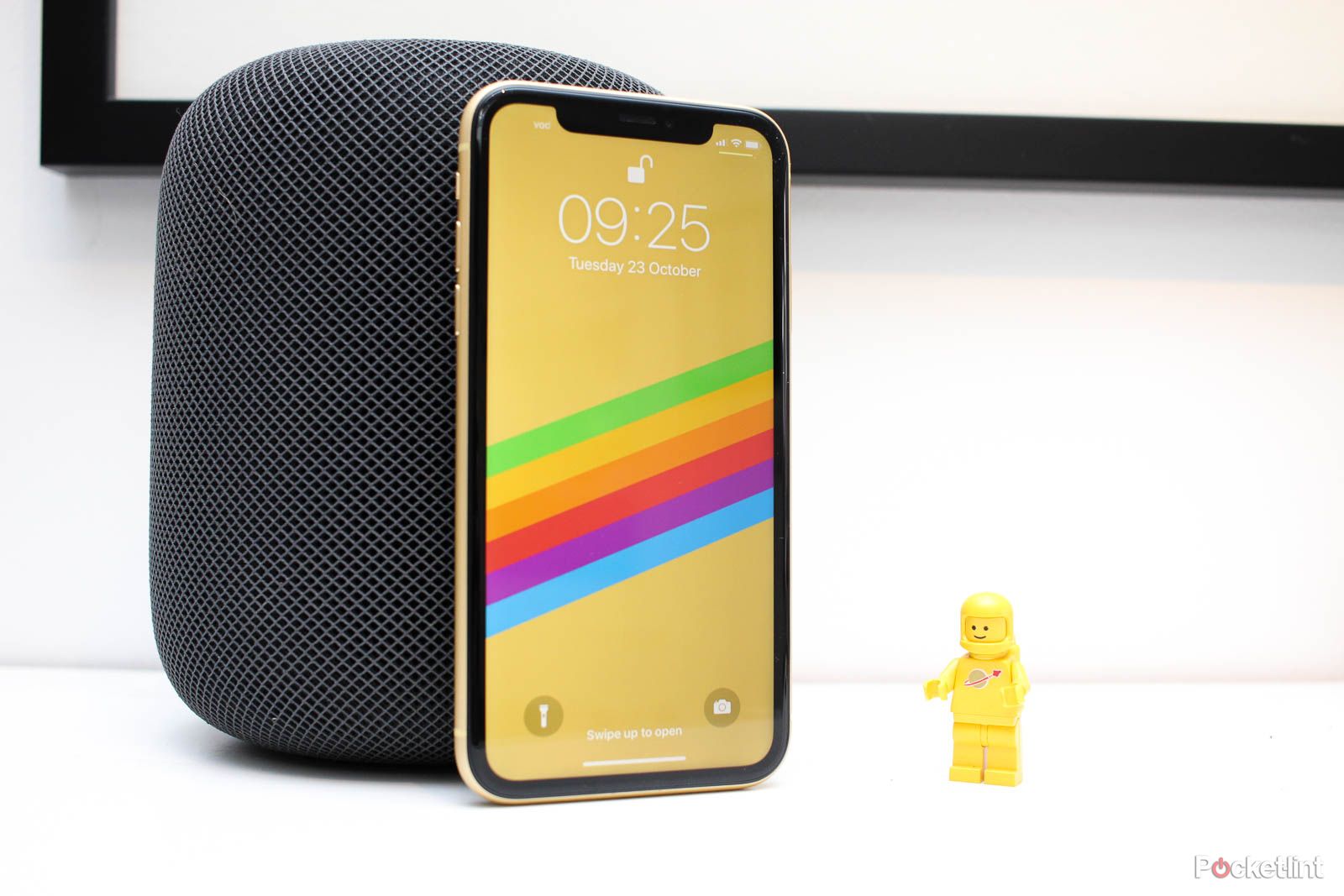
Apple iPhone XR - 4.5 / 5
| FOR | AGAINST |
|---|---|
|
|
Apple iPhone XR SIM free
Should you buy the iPhone XR in 2022?
The Apple iPhone XR was still sold by Apple until 2021, but, when the iPhone 13 models were introduced, the entry level Face ID switched from the iPhone XR to the iPhone 11. You'll still be able to buy the iPhone XR in other outlets, as we mentioned, but whether you should is an entirely different question? In short, we probably wouldn't recommend it.
The iPhone XR is coming up to four years old, and while it will still work well and does still supports iOS software updates, that won't be the case forever. You'll save yourself money by buying the iPhone XR, but it's possible you'll have to upgrade again sooner than if you were to opt for the iPhone 11, which not only offers a second camera lens on the rear, but also features like Night Mode, allowing for better low light photography.
If the iPhone 11 is out of budget, then we would recommend the iPhone SE (2022), which has the same power as the iPhone 13 models, making it much more powerful than the iPhone XR. It will also support future iOS updates and features for longer than the iPhone XR will. If you're still set on the iPhone XR, though, below you'll find our review.
Bright colour design stands out
- Six colour options: white, black, blue, yellow, coral and (Product) Red
- Dimensions: 150.9 x 75.7 x 8.3mm
- All glass and aluminium design
- Single-lens camera on rear
- IP67 rated
Bright and colourful, the Apple iPhone XR is a playful device in comparison to the more serious iPhone 13 Pro models, although the standard iPhone 11 also gives you some decent colour options, and the standard iPhone 12 models and iPhone 13 models come in a good range too.
Available in six finishes - comprising white, black, blue, yellow, coral and (Product) Red - it's the blue and yellow ones that stand out as the most desirable for the XR. The coral is very hit and miss, as it's neither orange or salmon.
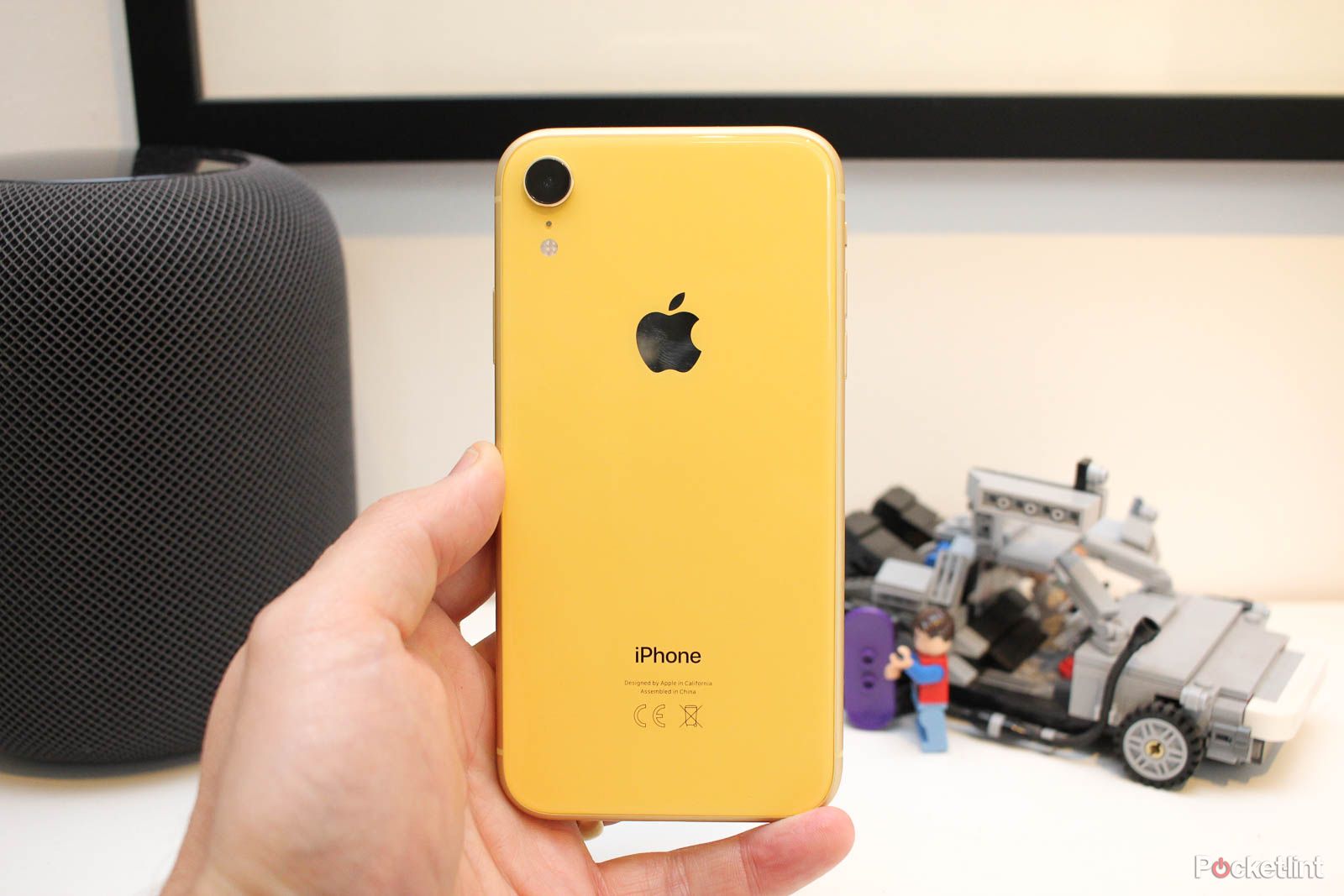
The iPhone XR features the same design language as its more premium siblings, with an all-glass back and a notched screen dominating the front. It delivers this with an aluminium frame, making it slightly thicker than the more expensive models - although the thickness isn't noticeable in the hand. It has a slightly lower water resistance rating at IP67 rather than IP68.
There's a single-lens camera on the rear, while hidden beneath the rear glass cover is wireless charging. Like its predecessors, the iPhone XR is compatible with Qi wireless chargers. If you prefer the speed and convenience of wired then there's still the Lightning port on board for at-the-plug charging - that's the default anyway, as there's no wireless charger included in the box.
The iPhone XR is likely to appeal most to users of older iPhones who are looking to upgrade. By comparison, the buttons and large bezel have gone, giving you more phone for the form factor. There's also the iPhone SE (2022) to consider though which although retains the form factor of older models, offers more power than the XR.
A bigger LCD display
- 6.1-inch LCD display, 1792 x 828 resolution (326ppi 'Liquid Retina')
- True Tone and Haptic Touch (not 3D Touch)
The Apple iPhone XR has a 'Liquid Retina' display - read that as an LCD display if you step away from Apple's language. Or look at it this way: it's not the 'Super Retina' OLED display that you'll find on the iPhone 12 or iPhone 13 models.
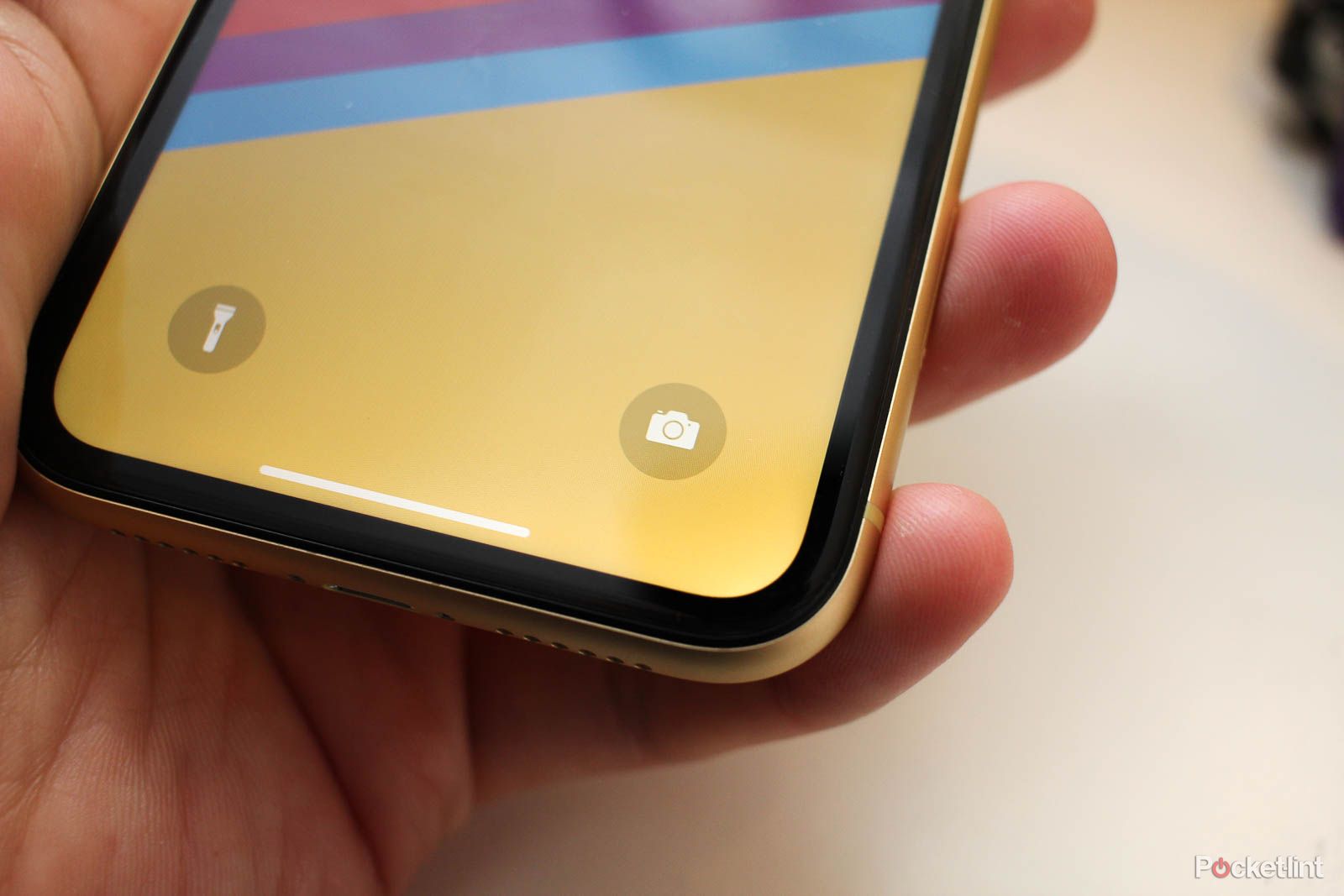
If you're looking to upgrade from the iPhone 6, 7, or 8 ranges, then LCD is what you've been using all along. The XR's pixel density is the same as the iPhone 6, 7 and 8 too, so clarity is one and the same. It's also the same as what you'll find on the next step up - the iPhone 11.
This panel also caters for the P3 wide colour gamut, meaning strong blacks and good colour vibrancy, while True Tone technology uses sensors to change the screen colour according to the ambient light in the room (in the same way as many of Apple's other screens) for greater eye comfort.
The iPhone XR replaces 3D Touch with Haptic Touch. This works in the same way as the trackpad on an Apple MacBook - making you think you are moving something even though you aren't. While different to 3D Touch, Haptic Touch still offers a lot of the same functionality, such as shortcuts from an app icon when you press and hold, it's just a slightly different technology.
Those who use the cursor on the keyboard when typing, you'll have to long-press on the spacebar instead on the XR.
Mobile HDR is a feature absent from the iPhone XR though. The standard iPhone 12 and iPhone 13 models offer Dolby Vision and HDR10 support, hence being a couple of steps above. So while the XR will do its best to deliver an 'HDR-like experience', it's not the real deal. That means you're Smart HDR pictures aren't going to pop as much when viewing on-screen, nor will you be able to see as much detail on a dark TV show or movie that's available in HDR. For reference, the iPhone 11 doesn't offer HDR either.
Performance
- A12 Bionic processor
- Same power as iPhone XS and XS Max
- 64GB, 128GB and 256GB models (no 512GB option)
The Apple iPhone XR might compromise in a couple of areas, but power and performance are most definitely not one of them. The XR runs on the same A12 Bionic processor as we saw on the iPhone XS and iPhone XS Max that launched at the same time, which means it has plenty of power for running augmented reality apps, playing graphically demanding games, processing photographs or 4K video, or simply managing day-to-day tasks. It's not as speedy as the newer devices, but there's still plenty under the hood.
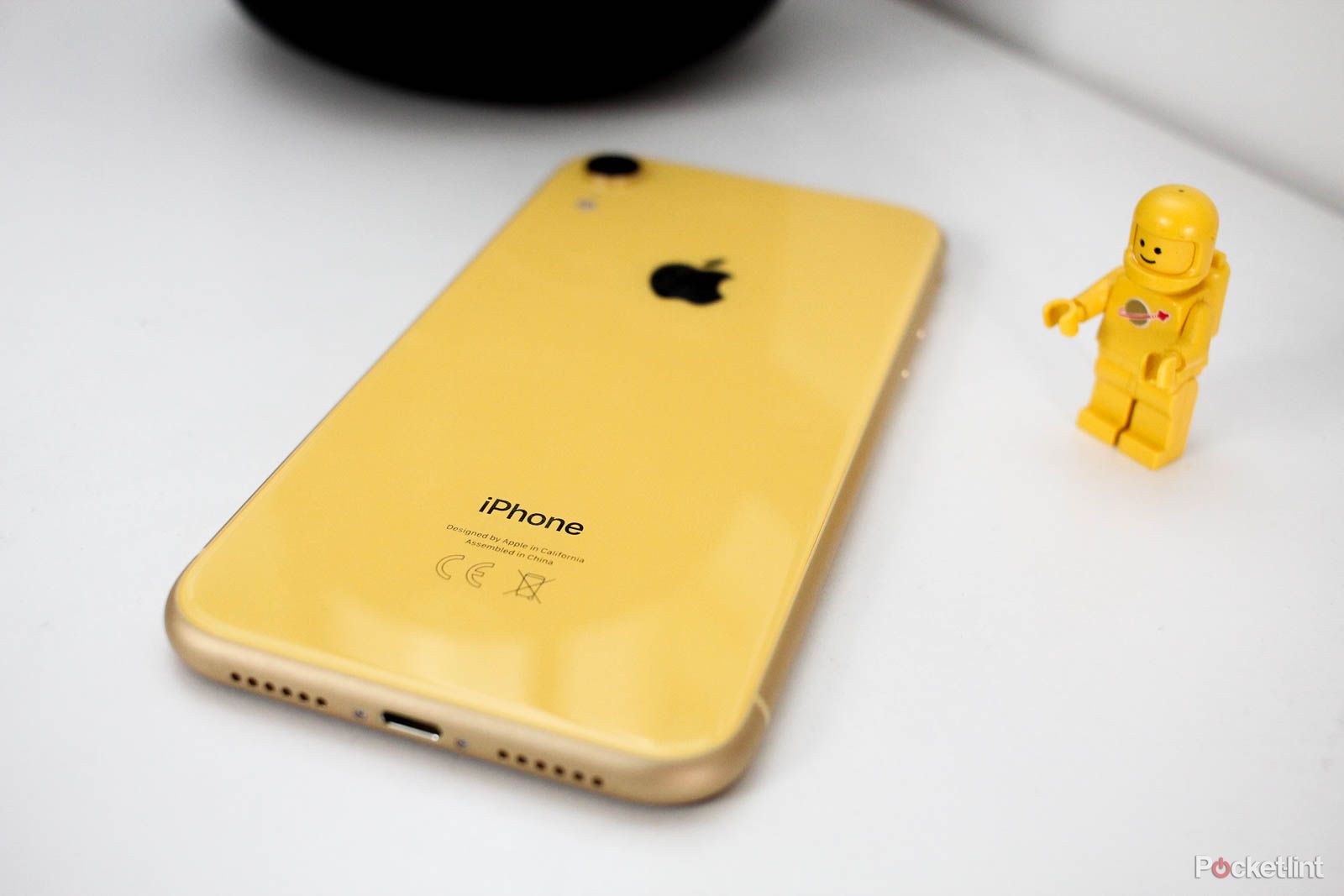
We played Fornite and Asphalt 9 during our review time to put the iPhone XR through its paces with no issues whatsoever. Having extensively used the iPhone XS prior to the iPhone XR, there is no difference in terms of processing power or capabilities. The experience hasn't been subdued in terms of power or performance.
Apple claims the iPhone XR lasts 1.5 hours longer than the iPhone 8 Plus in terms of battery life, which should give you more than enough charge to last a day. During our use, the battery has certainly lived up to those claims. Unless you're performing really demanding tasks, like long stints of gaming. Light use would easily see you get through the day and a good way through day two as well.
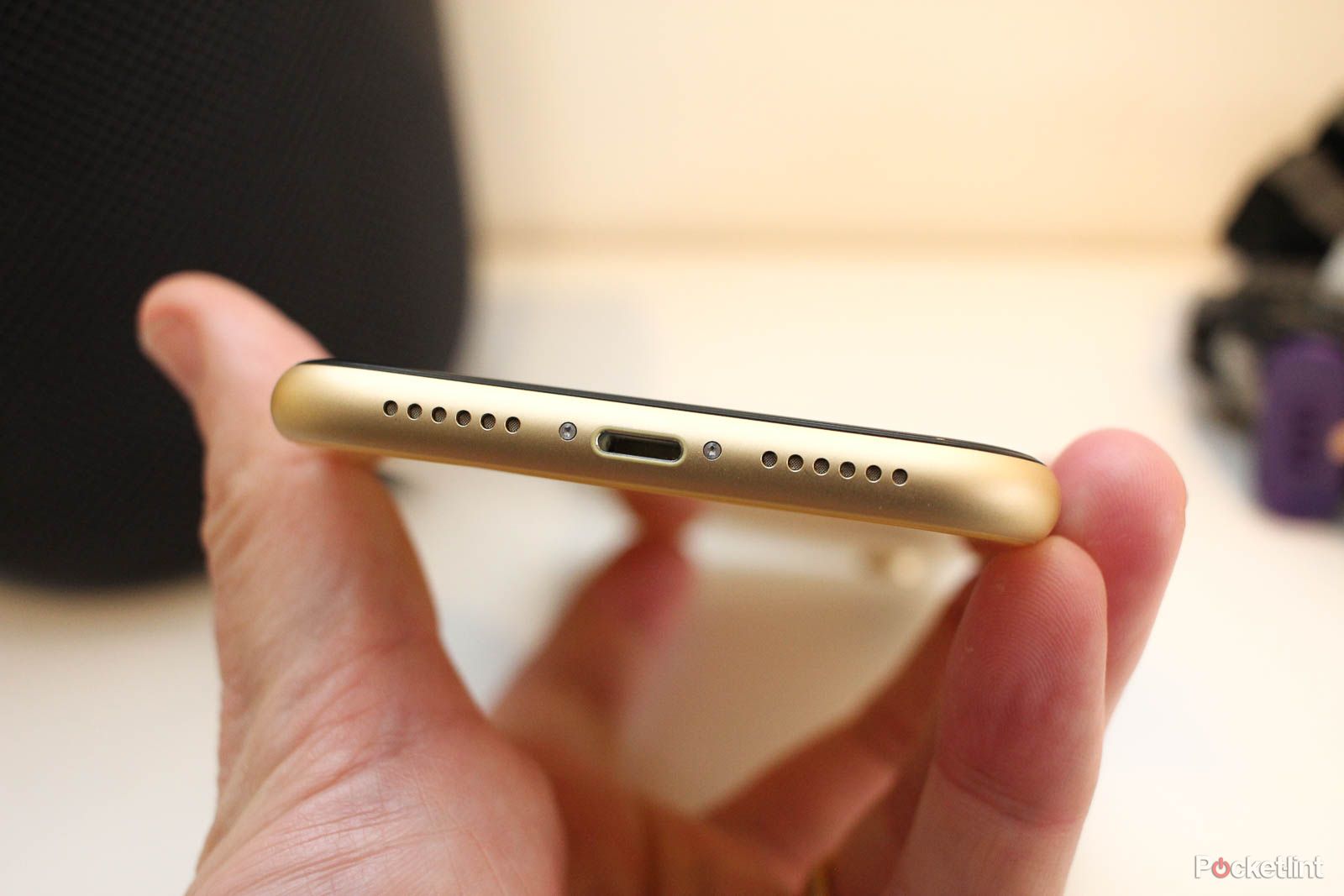
Like the all iPhones since the iPhone XS range, the XR also supports dual SIM using eSIM for the second SIM.
The single rear camera still delivers
- 12-megapixel f/1.8 aperture wide-angle lens, 1.4µm pixel size
- Smart HDR and Portrait Mode with Depth Control
- 7-megapixel front-facing Face ID camera
The iPhone XR features a single-lens camera sensor on the rear. No dual-lens offering here like the iPhone 11, standard iPhone 12 and iPhone 13 models. But don't let that put you off - because the iPhone XR still offers plenty in the camera department.
The wide-angle view and sensor is the same as found in the XS models, offering optical image stabilisation, wide colour capture for photos, and Live Photos. The difference compared to the XS is that you don't get the extra 12-megapixel telephoto lens. So the XR is only capable of digital zoom - not optical zoom - and it is therefore slightly restricted with some of the camera features.
The iPhone XR still offers Smart HDR, Portrait Lighting (albeit with three effects rather than the five), Portrait Mode (restricted to only working with people rather than any object - without that second lens it's not able to derive depth in the same way as the XS, hence this restriction).
Portrait Mode allows users to deliver blurred-background shots (known as the bokeh effect), but there's even more control in the XR. The Depth Control function allows users to play around with the bokeh effect after taking a shot.
It's also worth noting that because you don't have the second telephoto lens on the iPhone XR camera you are shooting portraits with the 24mm wide-angle rather than 50mm lens. That's less of a traditional approach for portrait photography and means you'll have to get physically close to your subjects. We found that does put people slightly on edge and the results differ due to the lens characteristics.
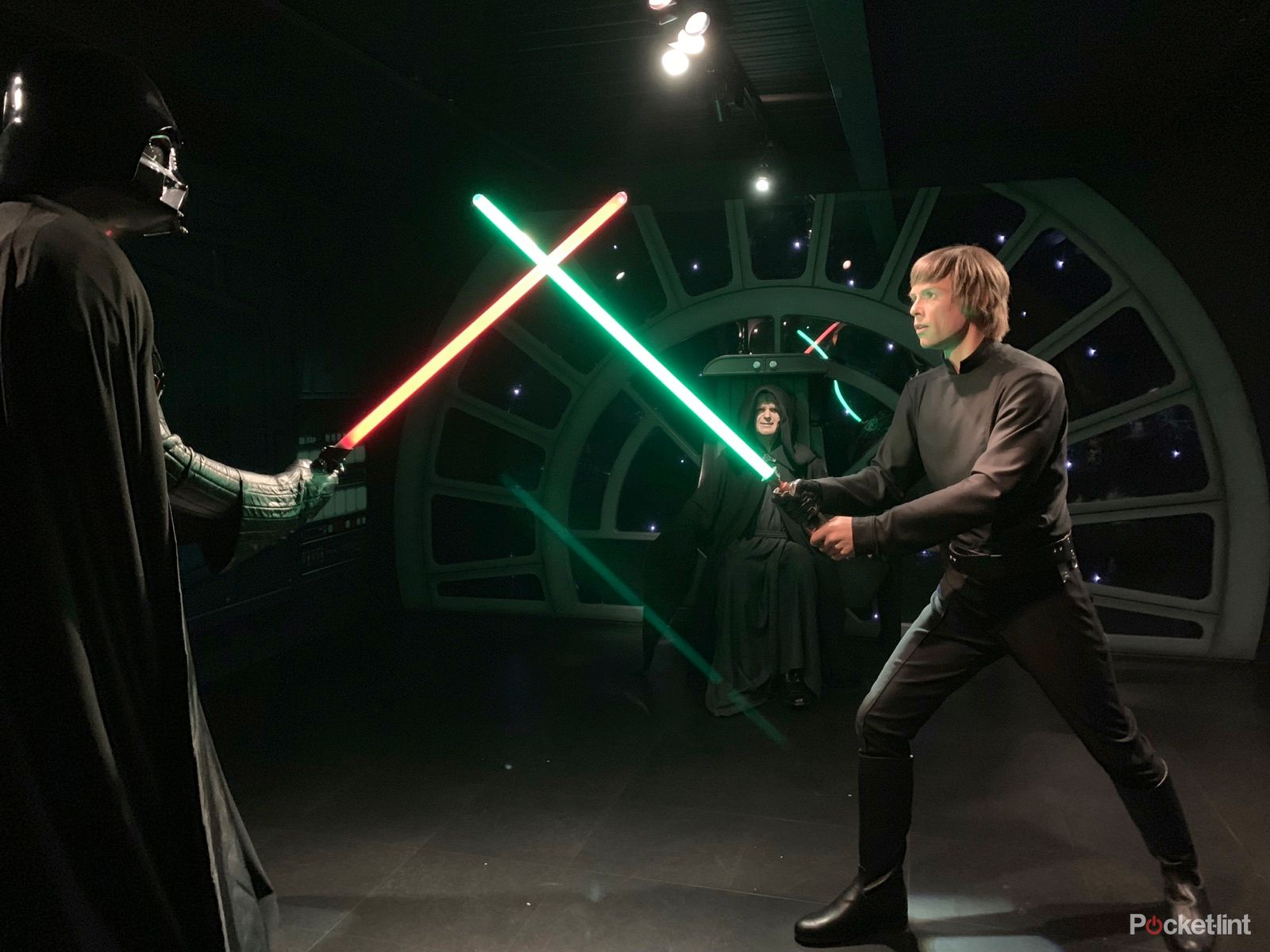
In terms of the front camera, the iPhone XR has the same 7-megapixel TrueDepth front-facing camera as found on the iPhone XS models, with Face ID, which is slightly lower in terms of resolution than the iPhone 11 and iPhone 12 models. You'll also be able to apply Portrait mode, depth of field, and Smart HDR to pictures taken with the front camera though, as well as use the Stage Light effects.
Apple iPhone XR SIM free
To recap
An iPhone for those who want Apple's latest Face ID design with a colourful shell without spending a fortune.
